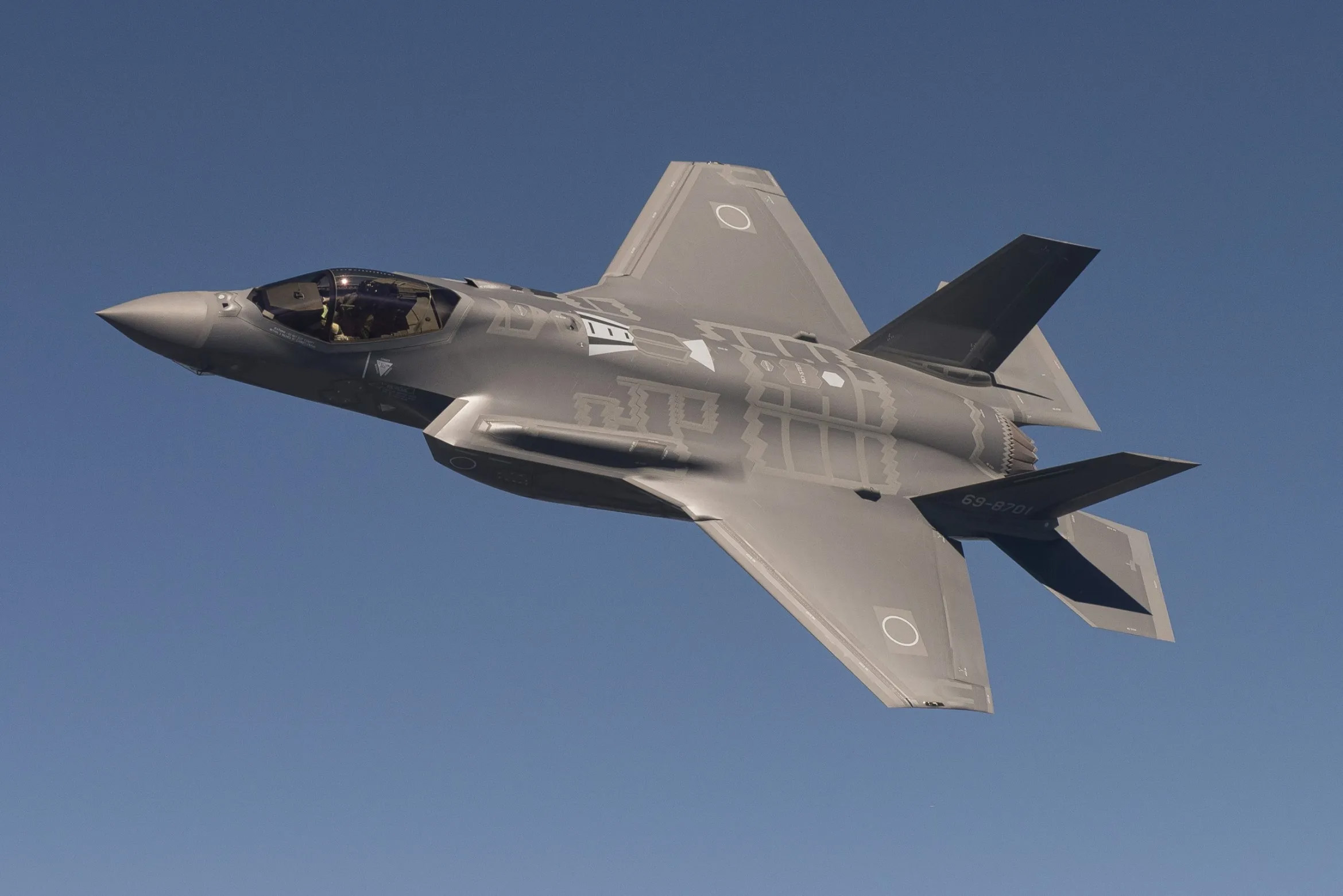From Fort Worth Report:
Lockheed Martin’s F-35 Lightning II jets are mission-ready a little more than half the time because of maintenance and repair issues, according to a new report from the Government Accountability Office, an independent, nonpartisan agency that works for Congress.
“The F-35 fleet mission-capable rate — the percentage of time the aircraft can perform one of its tasked missions — was about 55% in March 2023, far below program goals,” the report stated.
A heavy reliance on contractors, insufficient funding, inadequate training, missing technical data needed for repairs and a lack of spare parts are among the factors affecting the aircraft’s ability to perform. The report released the same month that a Marine Corps F-35 crashed in South Carolina and its pilot ejected.
The U.S. Department of Defense wants the jets to be repaired in 60-90 days, but it took 141 days in February, according to the report. The number of parts awaiting repair increased to over 10,000 in March — more than double from the 4,300 parts that waited in 2019.
Diana Maurer, director of the defense capabilities and management team at the Government Accountability Office, said the percentage of mission-capable jets is far less than what the Marine Corps, Air Force and Navy want and need.
“That is not a good return on investment for the taxpayers,” Maurer said.
The root of the problem, Maurer said, is that for years the Department of Defense paid no attention to the sustainment needs of the aircraft and instead focused on production. That has led to a substantial number of aircrafts sitting on the tarmac for lack of spare parts, waiting for maintenance and significant delays in repairing the F-35, she said.
“It’s going to take some time to unwind these problems, and it’s likely to cost more money,” Maurer said.
Right now, the Department of Defense plans to procure 2,500 F-35s over the program’s life cycle, costing more than $1.7 trillion, according to the report.
Most of the maintenance responsibilities for the F-35 belong to Lockheed Martin, the main contractor, and Pratt & Whitney, which makes the engine. The Department of Defense has some responsibility, too.
Lockheed works on the jets at various military depots, including the Ogden Air Logistics Complex at Hill Air Force Base in Utah. But the F-35 Joint Program Office and Lockheed did not set up depot repair facilities in time to meet the needs of aircraft being manufactured, Maurer said.
“They were essentially building the aircraft faster than the necessary support infrastructure needed to sustain and repair the aircraft,” Maurer said.
The demand for the F-35 is red hot, far greater than the supply, according to past reporting.
A Lockheed spokesperson said in a statement,“(The company) is ready to partner with the government as plans are created for the future of F-35 sustainment ensuring mission readiness and enabling deterrence.”
Lockheed also plans to work with the U.S. government to activate more depots to increase repair capacity.
Richard Aboulafia, managing director of AeroDynamic Advisory, a boutique aerospace advisory firm, said many U.S. Air Force planes were built to an earlier standard — that may be the same case for the F-35.
“They might either require more work, or they might need to be brought to a later standard,” Aboulafia said. “That complicates logistics in either event.”
Another takeaway, Aboulafia said, is that the same supply chain problems that affect aircraft output also affects spare parts. That’s happening in the commercial sector, too.
“There’s been a lot of headlines about Pratt & Whitney’s geared turbofan for the commercial jetliner sector,” he said. “There are delays for spare engines and delays for new build engines. It’s the same with (the) F-35.”
Another challenge to repairing the F-35 comes down to who owns the repair manual. When a F-35 has a minor problem, U.S. military maintainers on a flightline can, in some instances, make a small fix, Maurer said. In other cases, they can’t, because the technical data needed for repairs is the intellectual property of contractors such as Lockheed.
J.J. Gertler, senior analyst at the Teal Group, said the report spurs conversations that have been happening for years.
“For a long time, the government has been saying that they would like not to be beholden to a single contractor for support,” Gertler said. “They want more control over technical data. This is just another agency coming along and saying here is evidence for that argument.”
The report could influence the amount of funding that is allocated toward maintenance versus buying more planes, Gertler said.
“If they need to spend more money on sustainment to increase the flow rate of overhaul, then that’s a rival for money to buy new jets, and that’s where it starts to possibly affect Fort Worth,” Gertler said.













